Civilizations rise and fall in the blink of a cosmic eye. When we unearth their ancient settlements decades, generations, or centuries later, sometimes we find that they were abandoned after a terrible disease, famine or disaster, or that they were wiped out by war. Other times, we find simply nothing, and if there is anything left, it is some ‘inconclusive theories and unresolved arguments.’
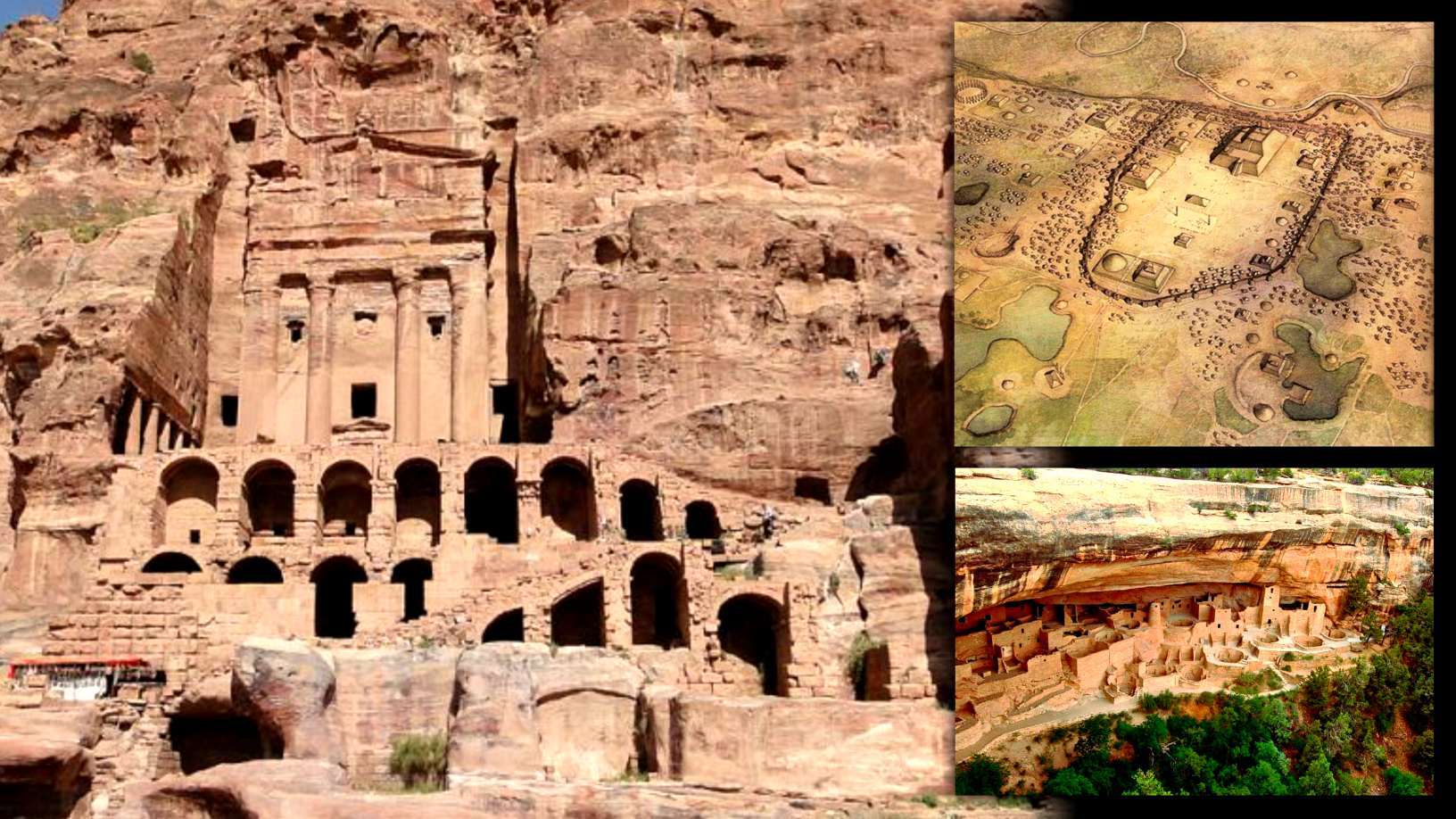
1 | Çatalhöyük, Turkey
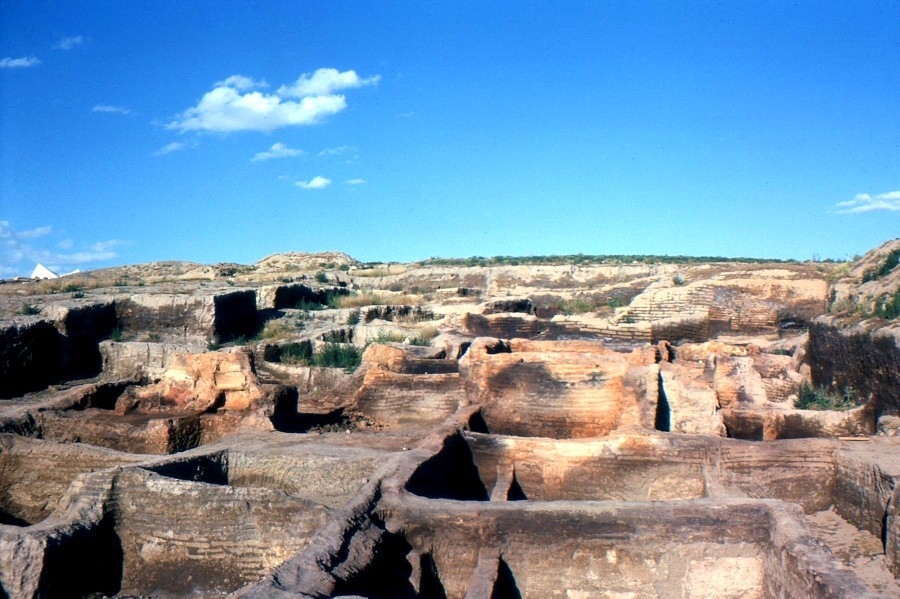
In 7,500 BCE, this city in the Mesopotamian region ― now Turkey ― held thousands of people and is believed by many to be one of the world’s earliest urban settlements. But the culture of the people here was unlike anything we know today.
First of all, they built the city like a honeycomb, with houses sharing walls. Homes and buildings were accessed by doors cut into the roofs. People would stroll on the streets across these roofs, and climb down ladders to get to their living quarters. Doorways were often marked with bulls’ horns, and dead family members were buried in the floor of each home.
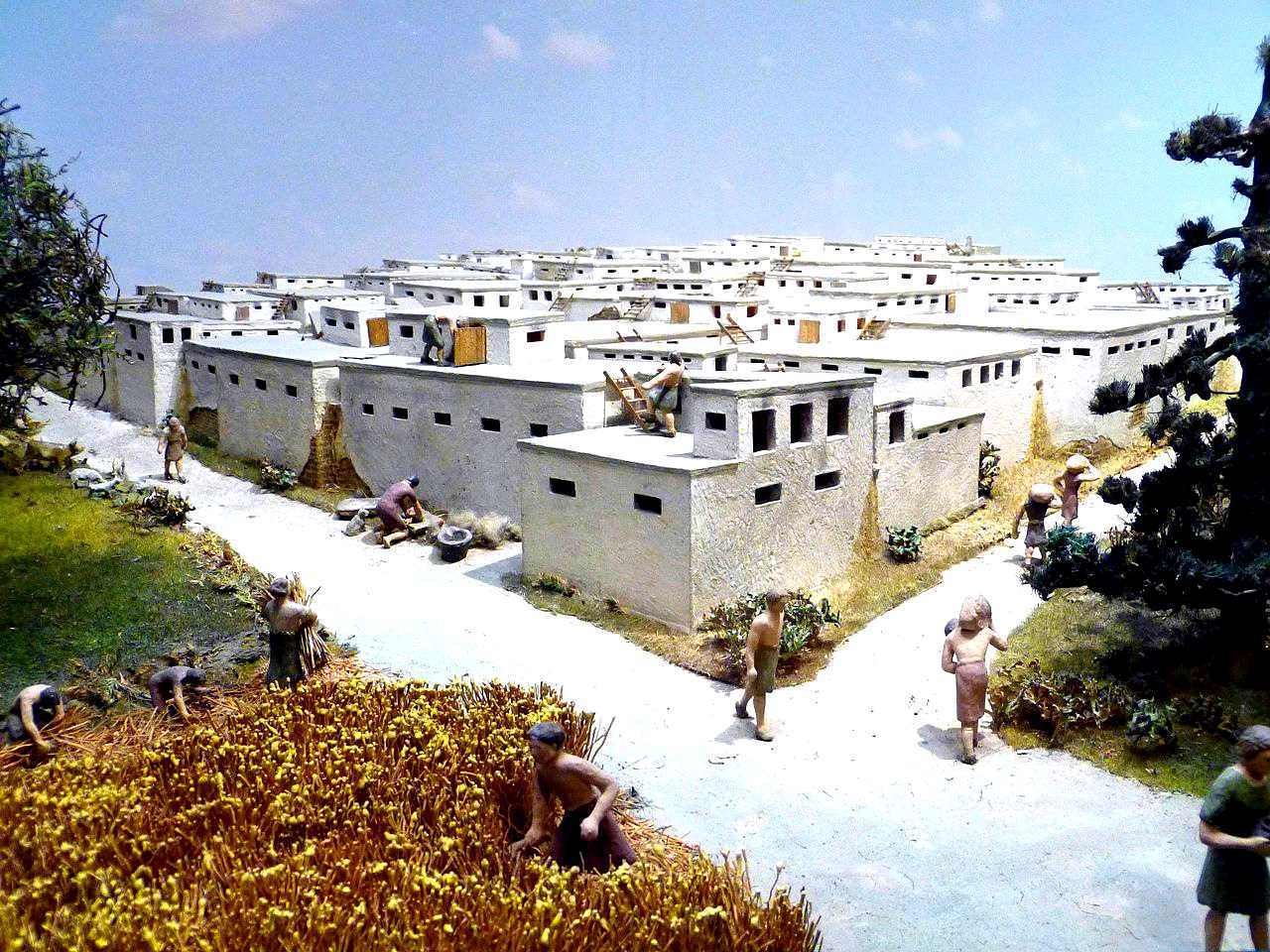
It’s not clear what happened to the culture of the people who lived in this city. Their architectural style seems to be unique, though archaeologists have found many fertility goddess figurines in the city that resemble others found in the region. So it’s likely that when the city was abandoned, its culture radiated outward into other cities in the Mesopotamian region.
2 | Palenque Of Mexico – The Maya Civilization
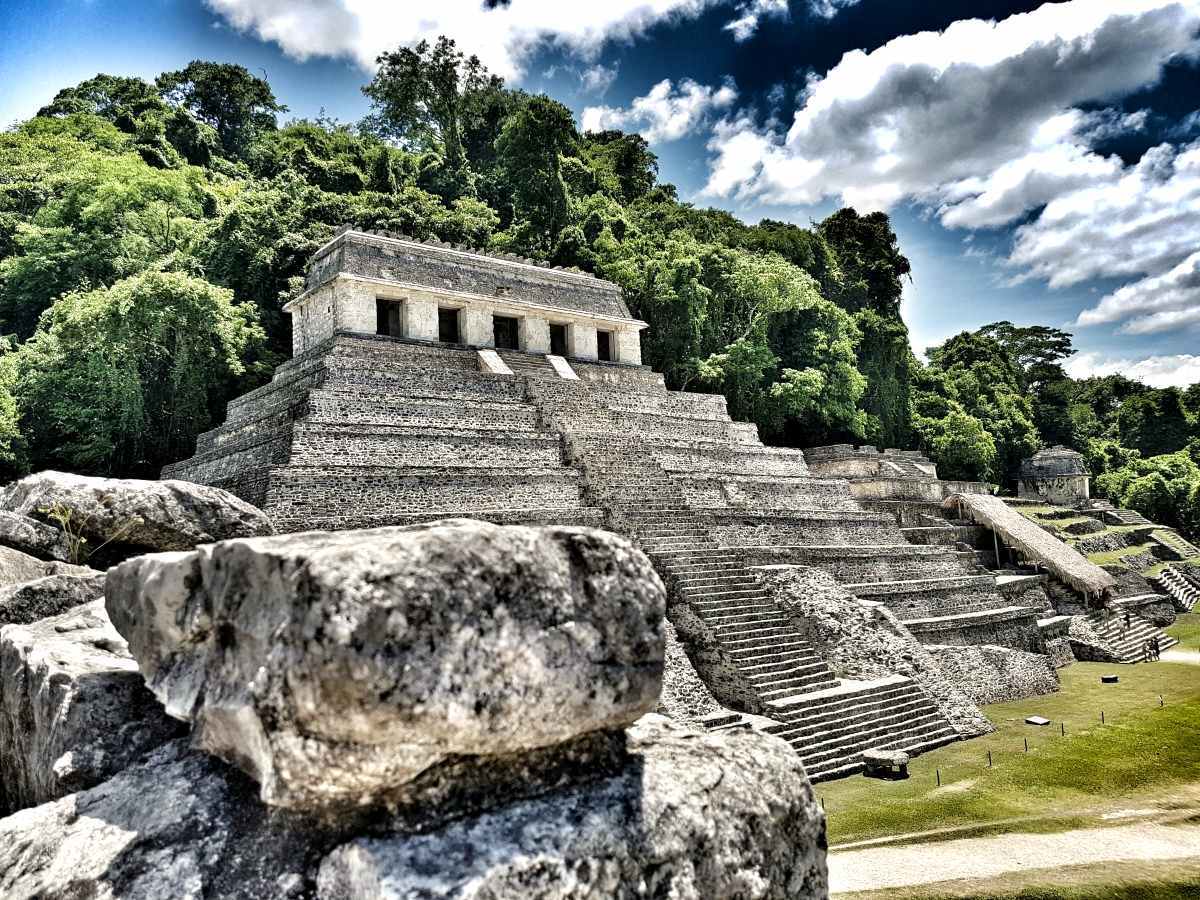
As one of the largest and best-preserved of the Maya city-states, Palenque is emblematic of the mystery of the entire Maya civilization — which rose up, dominated parts of Mexico, Guatemala, Belize and Honduras, then vanished with little explanation.
Discovered in the 1950s, the ruined City of Palenque is lying in the protective embrace of the Mexican jungles, being one of the most breathtaking of all Mayan ruins. Known for its intricate carvings and as the resting place of Pakal the Great, the city was once a thriving metropolis between 500 AD and 700 AD and was home to somewhere around 6,000 people at its height.
Though descendants of the Maya are still thriving in Mexico and Central America, no one is sure why the great cities of the Maya fell into ruins and were finally abandoned in the 1400s. Palenque was in its heyday during the classical period of the Maya civilization, from about 700-1000 AD. Like many Maya cities, it had temples, palaces, and marketplaces that were truly amazing.
However, Palenque, located near what is today known as the Chiapas region, is a uniquely great archaeological find because it has some of the most detailed sculptures and inscriptions from the Maya civilization, offering reams of historical information about kings, battles, and daily life of Maya peoples. Theories for why this and other Maya cities were abandoned include warfare, famine, and climate change.
There are some cryptic carvings that depict bizarre symbols, which have alternately been interpreted as astrological or religious symbols, or symbolism implying the use of a space ship by the deceased on his way to the next world.
Now a World Heritage Site, only a portion of Palenque’s estimated 1,500 structures have been excavated. Among those that have been thoroughly explored include Pakal the Great’s tomb, and the Temple of the Red Queen. The latter yielded the knowledge that the Maya painted the bodies of their deceased nobility a bright red ― the same red that would have been used to paint many of the buildings. For the Maya, red was the colour of blood and the colour of life.
Palenque was abandoned in the 10th century CE, left to be enveloped by the jungle and preserved by the same wilds that were once cut back from it. There’s plenty of theories about why people left the city, from famine caused by drought to a shift in political power. The last date that we know the city was occupied was November 17, 799 ― the date carved on a vase.
El Mirador:
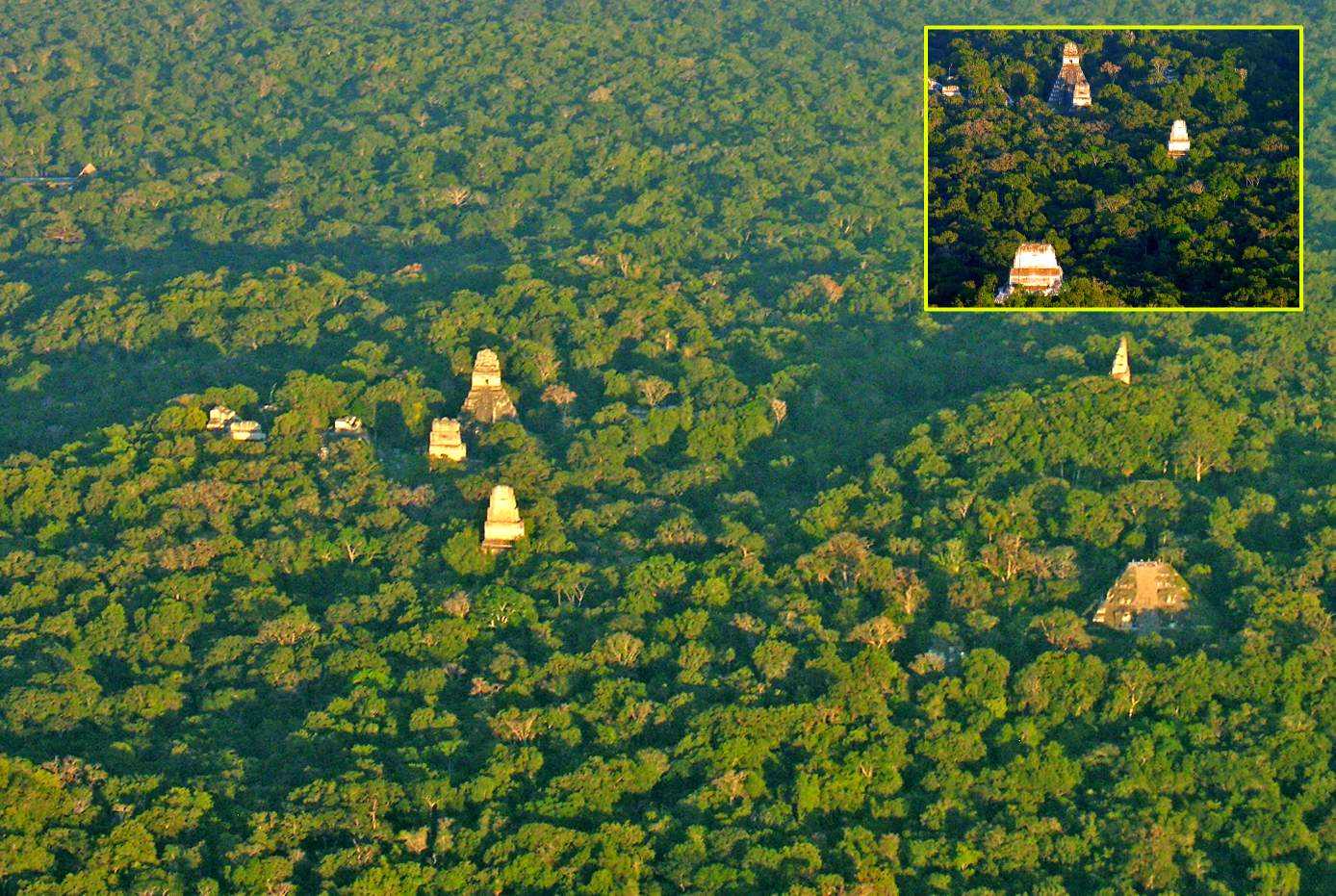
When scientists scanned the jungles of Guatemala with LiDAR technology, they found an ancient network of roads and settlements hidden in the jungle. They covered an astounding 87 miles of area that helped create El Mirador, the cradle of the Maya civilization.
Laser technology known as LiDAR digitally removes the forest canopy to reveal ancient ruins below, showing that Maya cities such as Tikal were much larger than ground-based research had suggested.
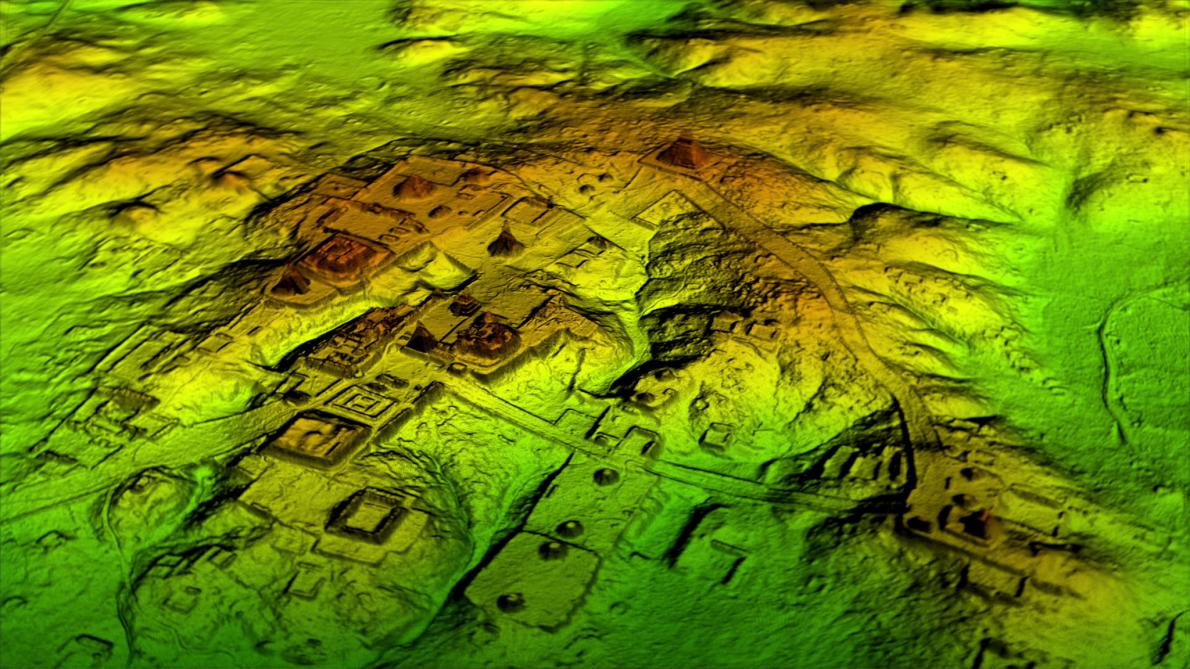
Researchers identified the ruins of more than 60,000 houses, palaces, elevated highways, and other human-made features that have been hidden for centuries under the jungles of northern Guatemala.
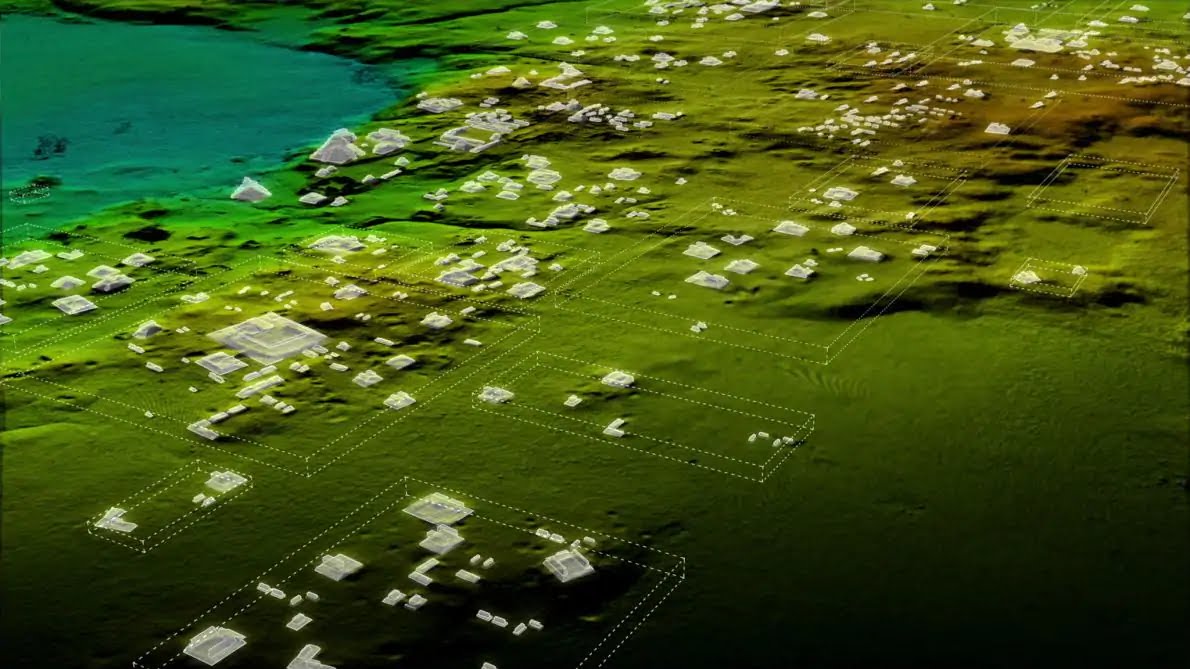
The project mapped more than 800 square miles (2,100 square kilometres) of the Maya Biosphere Reserve in the Petén region of Guatemala, producing the largest LiDAR data set ever obtained for archaeological research.
The results suggest that Central America supported an advanced civilization that was, at its peak some 1,200 years ago, more comparable to sophisticated cultures such as ancient Greece or China than to the scattered and sparsely populated city states that ground-based research had long suggested.
3 | Cahokia, United States
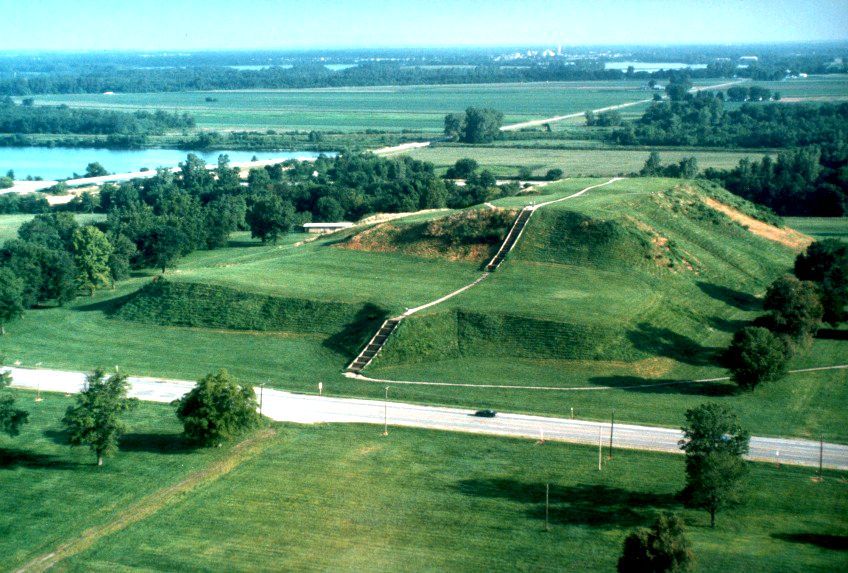
The Cahokia Mounds State Historic Site is the site of a pre-Columbian Native American city directly across the Mississippi River from modern St. Louis, Missouri. The ancient city ruins lie in south-western Illinois between East St. Louis and Collinsville.
Cahokia was for hundreds of years the biggest city in North America. Its inhabitants built enormous earthen mounds — some of which you can still visit today — and vast plazas which served as markets and meeting places. There is strong evidence that the inhabitants had very sophisticated agricultural practices, and that they diverted tributaries of the Mississippi several times to water their fields.
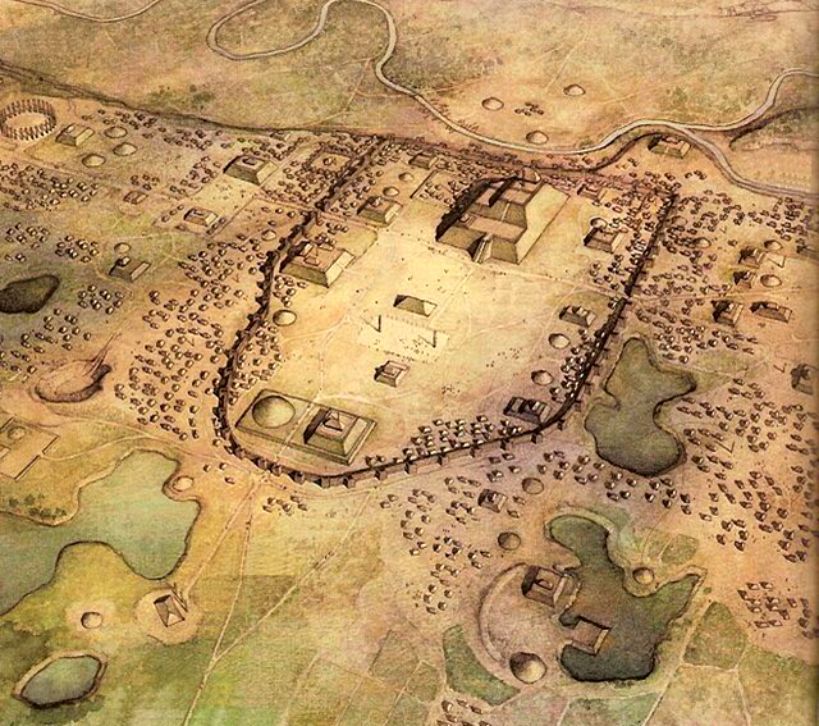
Like the Maya, the people of Cahokia were at their civilizational height between 600-1400 AD. Nobody is certain why the city was abandoned, nor how the region was able to support such a high-density urban civilization of up to 40,000 people for hundreds of years.
Cahokia is somewhat misleading, as we’re not actually sure what the people who lived there called themselves. We’ve found ceremonial burial mounds, including one that has a bigger footprint than the largest of Egypt’s pyramids. To say, very little is known about the actual history and expanse of these settlements. Archaeologists argue over how big the settlement was, with population estimates ranging from 10,000 to 15,000 for the main hub of the city, with another 30,000 people settling in what was essentially the suburbs.
It was established around 1050 AD with surprising speed, and it was completely abandoned by the time Columbus made landfall in the New World. The city shows signs of being rebuilt several times between 1100 AD and 1275 AD, but beyond that, no one knows why so many people left. Climate change and crop failure have been put forward as guesses as to what happened to the city’s population, but at the end of the day, no one really knows.
4 | Machu Picchu, Peru – The Inca Civilization

A lot remains mysterious about the Inca Empire, which dominated parts of the regions now known as Peru, Chile, Ecuador, Bolivia and Argentina for hundreds of years before the Spanish invaded, destroyed its cities, and burned its libraries of quipu records ― the Inca language “written” with knots and rope. Though we know a lot about Inca technology, architecture and advanced agriculture — all of which are in evidence at major Inca city Machu Picchu — we still can’t read what’s left of the tapestries that contain their written records.
The most interesting part is that we don’t understand how they ran a vast empire without ever building a single marketplace. That’s right — Machu Picchu and other Inca cities contain no markets. This dramatically different from most other cities, which are often built around central market squares and plazas. How did such a successful civilization exist without a recognizable economy? Maybe one day we’ll discover the answers.
5 | The Lost Egyptian City Of Thonis
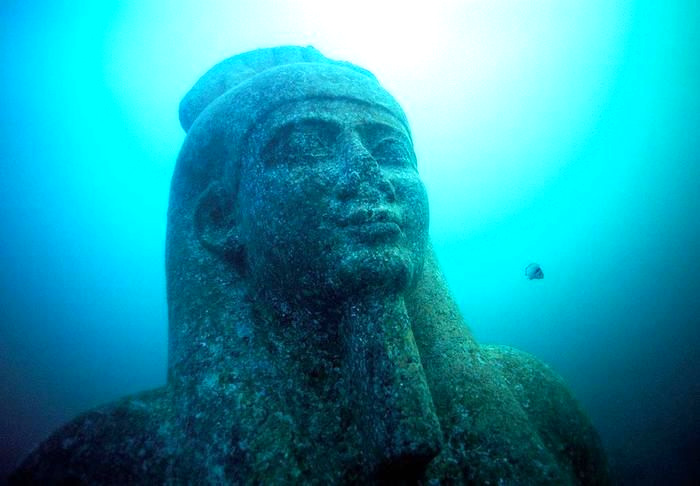
In the 8th century BCE, this legendary city was the gateway to Egypt, a port town that was full of incredible monuments, rich merchants, and huge buildings. Now it is entirely submerged in the Mediterranean Sea. Thonis began its slow decline after the rise of Alexandria in the 3rd century CE. But eventually, that slide became literal, as the city drowned in the sea that was once the source of its wealth.
Nobody is certain how it happened, but by the 8th century CE, the city was gone. It may have been the victim of liquefaction after an earthquake. Recently rediscovered by archaeologist Franck Goddio, the underwater city of Thonis, which is also known as Heracleion, is now slowly being excavated from the Mediterranean Sea off the Egyptian coast. Read More
6 | The Indus Valley Civilization, Pakistan-India
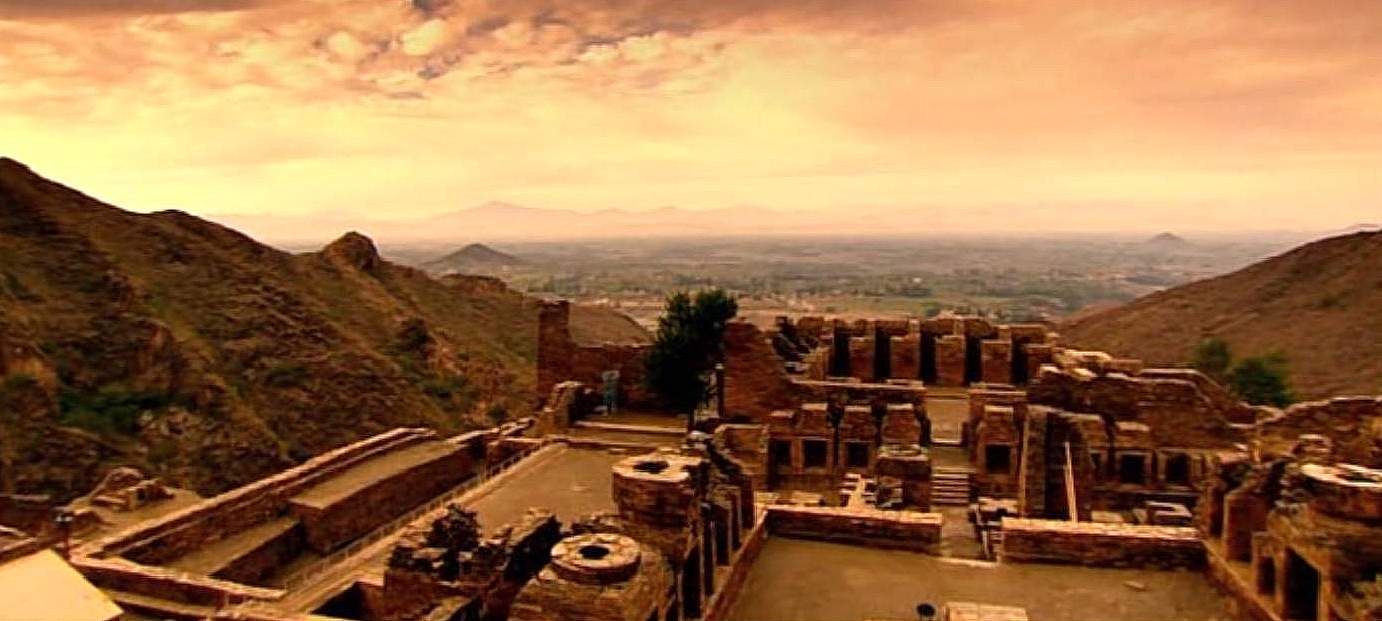
Home to one of the greatest man-made architectural wonders of the ancient world, the Indus Valley Civilization ― which was known at the height of its influence as the Harappan Civilization ― was among the largest early urban settlements on any continent. Together with ancient Egypt and Mesopotamia, it was one of three early civilizations of the Near East and South Asia, and of the three, the most widespread, its sites spanning an area stretching from northeast Afghanistan, through much of Pakistan, and into western and northwestern India. It flourished in the basins of the Indus River, which flows through the vast regions.
Located mostly in modern-day Pakistan, the Indus Valley Civilization thrived 4,500 years ago and was then forgotten until the 1920s when local legends led archaeologists to excavate and unearth its enormous ruins. Sophisticated and technologically advanced, this civilization, including the famous Mohenjo Daro, featured the world’s first urban sanitation systems, artificial pools, washroom, covered drainage systems, planned step-wells for individual homes or groups of homes, as well as evidence of surprising proficiency in mathematics, engineering and even proto-dentistry.
By the year 1800 BCE, people began to abandon the cities, and no one knows exactly why. Some theories suggest that they fled because the river dried up due to climate change leading to a collapse in agriculture, while others cite a flood or invasion by Indo-European tribes or nomadic cattle herders. Though none has been confirmed yet.
In the Indus Valley, there were earlier and later cultures often called Early Harappan and Late Harappan in the same area. The Late Harappan civilization is sometimes called the Mature Harappan to distinguish it from other cultures, which thrived between 2600 BCE and 1900 BCE. By 2002, over 1,000 Mature Harappan cities and settlements had been reported, of which just under a hundred have been excavated. However, there are only five major urban sites: Harappa, Mohenjo-Daro, Dholavira, Ganeriwala in Cholistan, and Rakhigarhi.
7 | The Khmer Empire Of Angkor, Cambodia
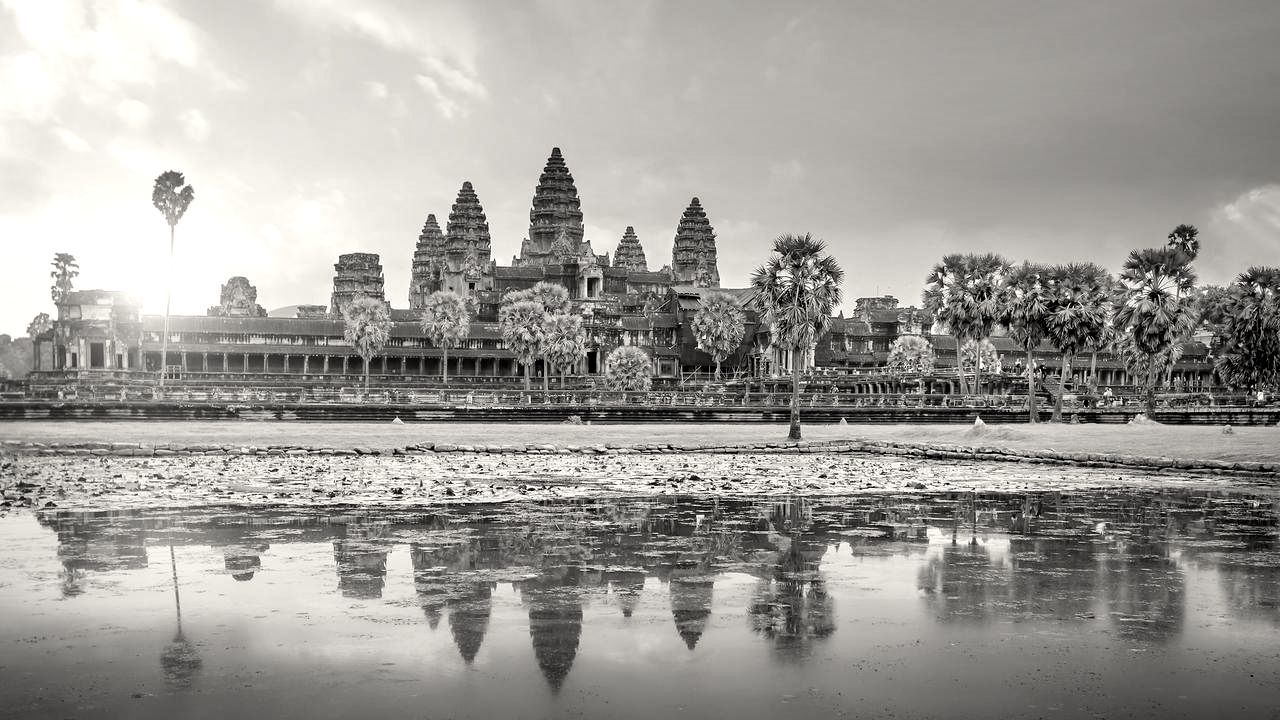
Once one of the most powerful empires of Southeast Asia, the Khmer civilization spread from modern-day Cambodia out into Laos, Thailand, Vietnam, Myanmar and Malaysia and is best known today for Angkor, its capital city. The empire dates back to 802 CE. Other than stone inscriptions, no written records survive, so our knowledge of the civilization is pieced together from archaeological investigations, reliefs in temple walls and the reports of outsiders including the Chinese.
The Khmers practiced both Hinduism and Buddhism and built intricate temples, towers and other structures including Angkor Wat, dedicated to the god Vishnu. Attacks from outsiders, deaths from the plague, water management issues affecting the rice crops and conflicts over power among the royal families likely led to the end of this empire, which finally fell to the Thai people in 1431 CE.
8 | The Aksumite Empire, Ethiopia
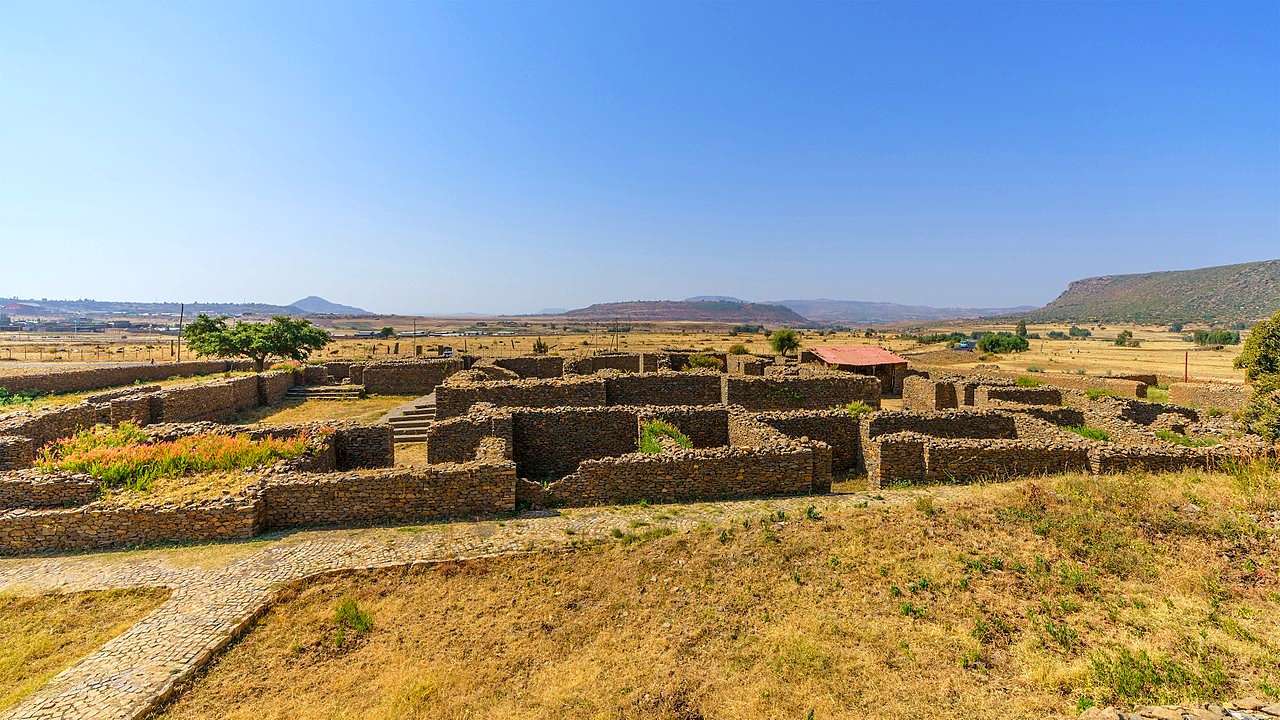
A major participant in trade with the Roman Empire and Ancient India, the Aksumite Empire – also known as the Kingdom of Aksum or Axum – ruled over northeastern Africa including Ethiopia starting in the 4th century BCE. Theorized to be the home of the Queen of Sheba, the Aksumite Empire was likely an indigenous African development that grew to encompass most of present-day Eritrea, northern Ethiopia, Yemen, southern Saudi Arabia and northern Sudan.
The empire had its own alphabet and erected enormous obelisks including the Obelisk of Axum, which still stands. It was the first major empire to convert to Christianity. Axum’s decline has been variously blamed on economic isolation due to the expansion of the Islamic Empire, invasions, or climate change which altered the flood pattern of the Nile.
9 | The Lost Nabateans Of Petra, Jordan
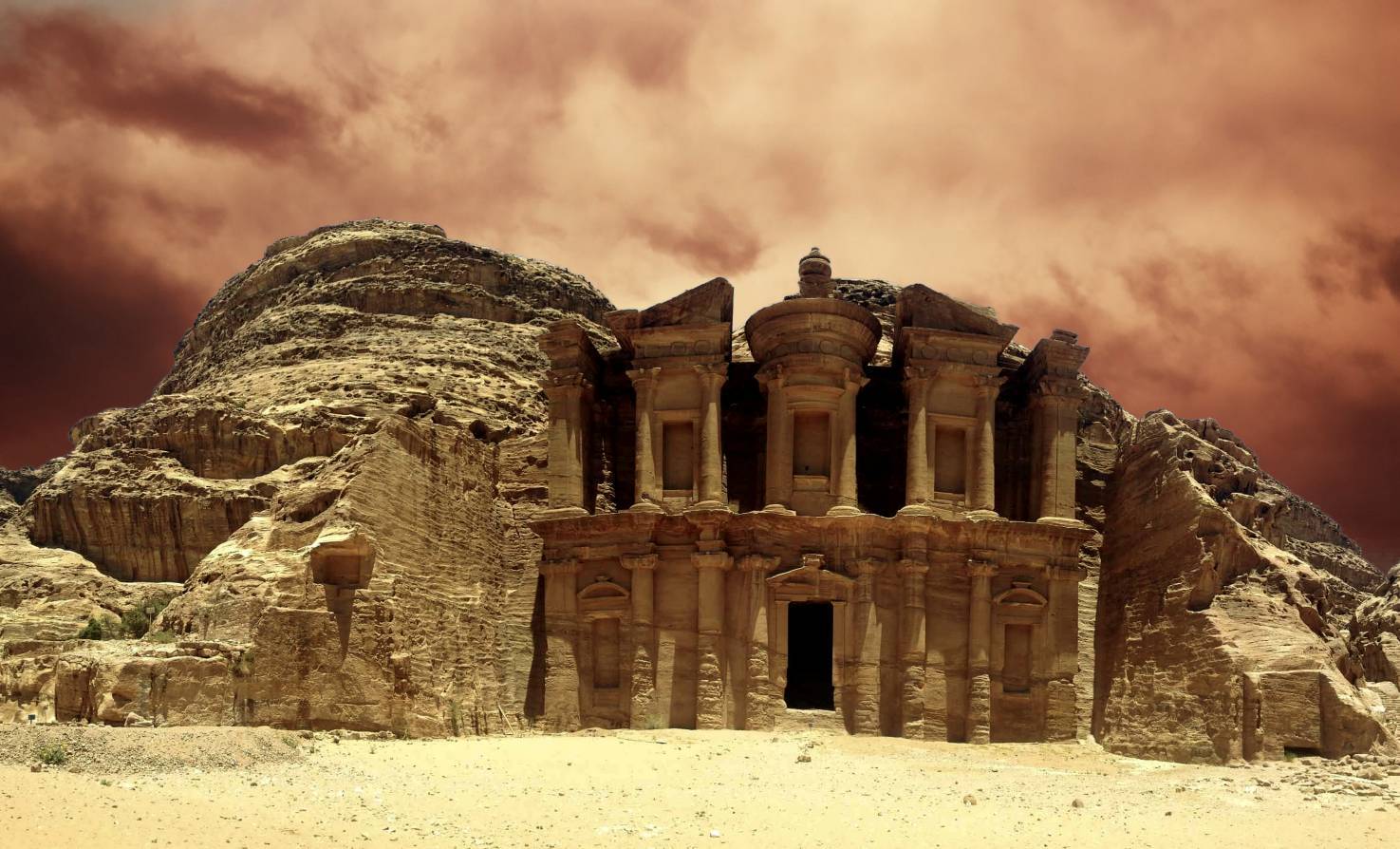
The ancient Nabatean civilization occupied southern Jordan, Canaan and northern Arabia starting in the sixth century BCE, when the Aramaic-speaking Nabatean nomads began gradually migrating from Arabia. Their legacy is epitomized by the breathtaking city of Petra, carved into the solid sandstone rock of Jordan’s mountains, and they are remembered for their skill in water engineering, managing a complex system of dams, canals and reservoirs which helped them expand and thrive in an arid desert region.
Little is known of their culture and no written literature survives. Nabateans defended their magnificent city of Petra against Alexander the Great and were sacked by the military captains that came after him. They were overtaken by the Romans in 65 BCE, who took full control by 106 CE, renaming the kingdom Arabia Petrea.
Sometime around the 4th century CE, the Nabateans left Petra for unknown reasons. It’s believed that, after centuries of foreign rule, the Nabatean civilization was reduced to disparate groups of Greek-writing peasants who were eventually converted to Christianity before their lands were seized altogether by Arab invaders. Though they spoke a form of Arabic, they left behind almost no written records.
Furthermore, there’s a distinct lack of personal artifacts in the city, suggesting that whatever reason people had for leaving the city, it was one that allowed them to take their time, collect their belongings, and leave in a rather orderly fashion. Once they built their dream city, they fought against the Greek power, they were overtaken by the Romans, saw the rise of Christianity and then they left to be never found again.
10 | Moche Civilization, Peru
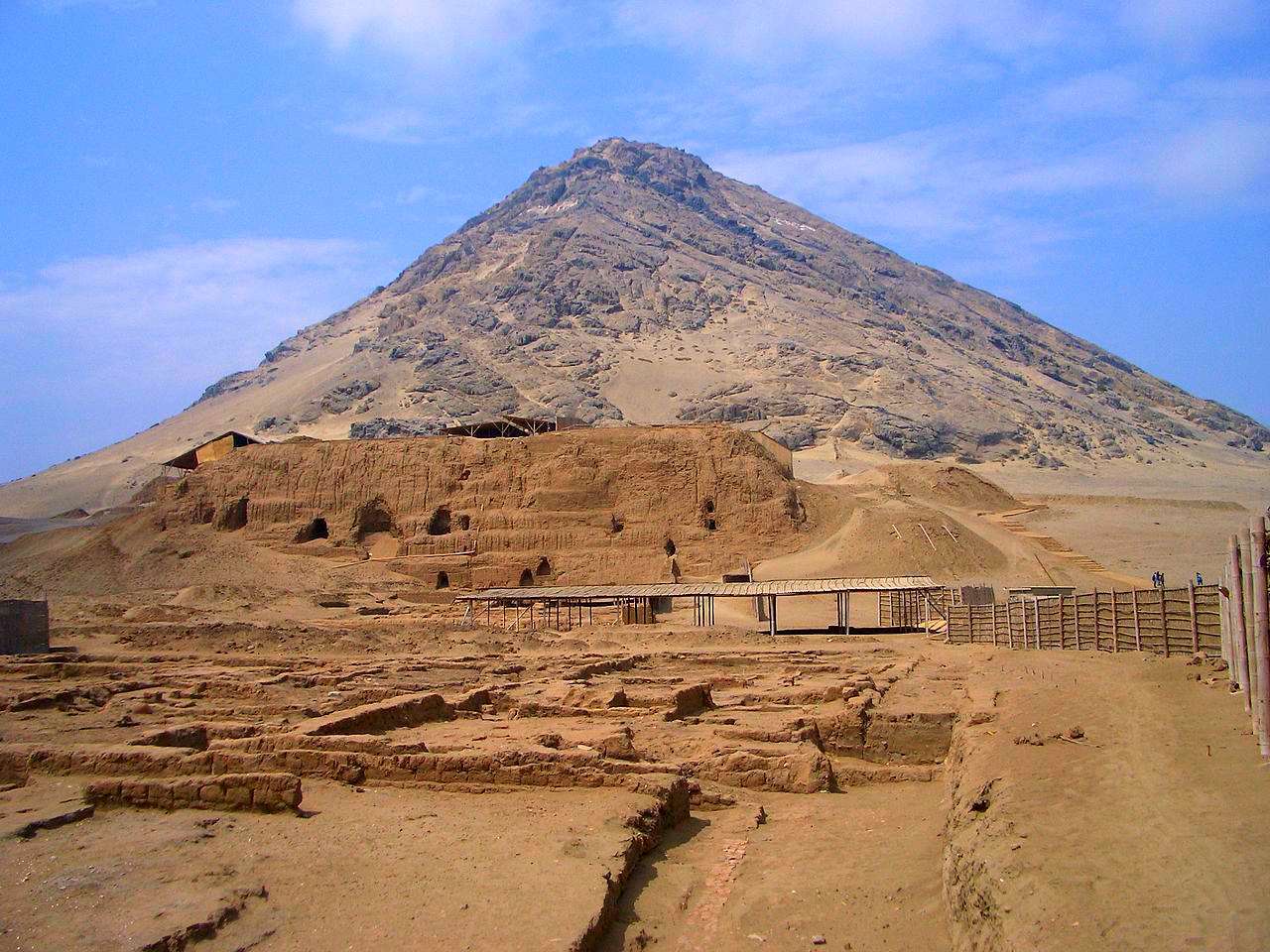
More of a collection of peoples that shared a similar culture than an empire, the Moche civilization developed an agriculturally-based society complete with palaces, pyramids and complex irrigation canals on the north coast of Peru between about 100 CE and 800 CE. While they had no predominant written language, leaving us few clues as to their history, they were an extraordinarily artistic and expressive people who left behind incredibly detailed pottery and monumental architecture.
In 2006, a Moche chamber was discovered that was apparently used for human sacrifice, containing the remains of human offerings. There are many theories as to why the Moche disappeared, but the most prevalent explanation is the effect of El Nino, a pattern of extreme weather characterized by alternating periods of flooding and extreme droughts. Perhaps this explains the Moche’s bloody efforts to appease the gods.
11 | Amaru Muru – The Gate Of The Gods
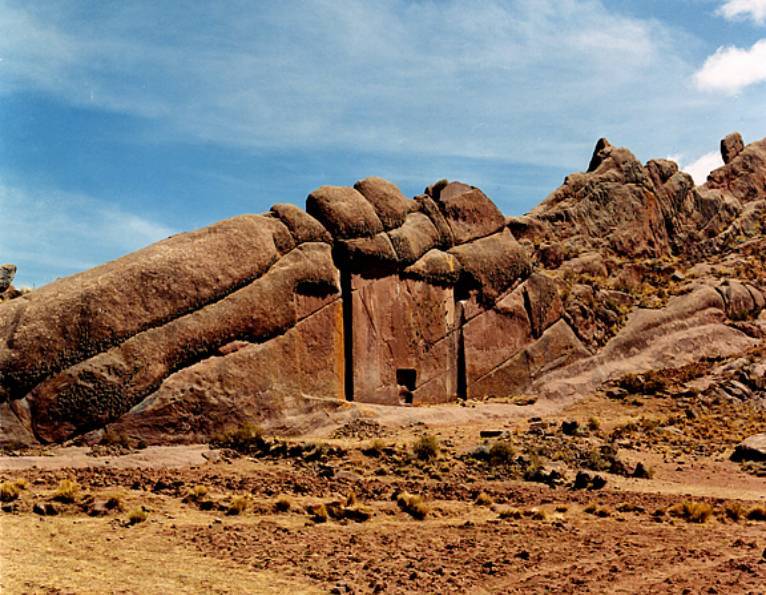
The story of Amaru Muru is as much legend as it is history today, because there are absolutely no traces of any sort of abandoned city or settlement that saves a massive, mysterious doorway. According to conventional archaeological theory, the 23-square-foot doorway with the 6-foot alcove that’s chiselled into the side of a huge, flat rock on the border of Peru and Bolivia was probably an abandoned Incan building project. However, there’s absolutely no real evidence of who built or started building the project and why it was abandoned.
Other theories suggest some dark secrets of the Amaru Muru doorway. Local residents call it the Gate of the Gods, and many refuse to go near it. There are stories of mysterious lights appearing in the doorway, and of people who have gotten too close to it and disappeared. Whatever’s beyond the doorway is said to have a particular appetite for children.
Older legends say that it’s a doorway that only opens for the greatest of heroes, when it’s time for them to pass on from the land of the living to the land of their gods, and other legends say that it opens for anyone with the wisdom to know how to access it. The name Amaru Muru is said to be that of an Incan priest who was in possession of a sacred Incan relic ― a golden disk that fell from the sky ― and fleeing from Spanish pursuers. The gate appeared and opened for him, keeping the relic safe.
12 | The Lost Colony Of Roanoke

In 1587, a group of 115 English settlers landed on Roanoke Island, off the coast of modern-day North Carolina, United States. After a few months, it was agreed that the colony’s new governor, John White, would sail back to England for more supplies and people. White arrived in England just as a major naval war broke out and Queen Elizabeth I seized all available ships to help in the cause against the Spanish Armada.
When White arrived back to Roanoke Island three years later in 1590, he found the colony completely abandoned. There was no sign of the settlers other than a tree with the name “Croatoan” carved into it.
Croatoan was the name of an island and the Native American tribe that inhabited it, causing some experts to believe that they were abducted and killed. However, that theory is yet to be proven. Others hypothesize that they tried to sail back to England and died somewhere, or were killed by Spanish settlers who were travelling north from Florida.
13 | Easter Island
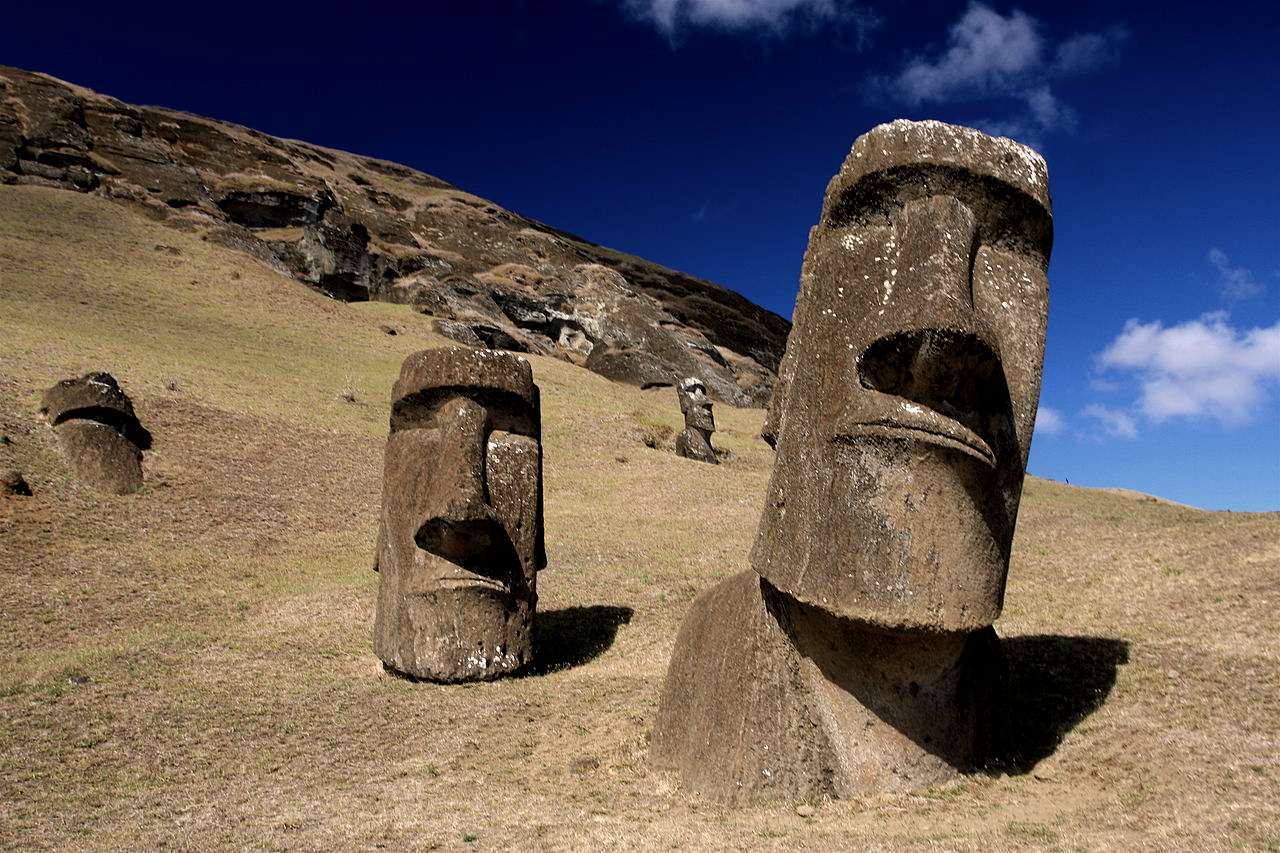
Easter Island is famous for its massive head statues, called Moai. They were made by the Rapa Nui people, who were thought to travel to the island in the middle of the South Pacific using wooden outrigger canoes around 800 CE. It’s estimated the island’s population was around 12,000 at its peak.
The first time European explorers landed on the island was on Easter Sunday in 1722, when the Dutch crew estimated that there were 2,000 to 3,000 inhabitants on the island. Apparently, explorers reported fewer and fewer inhabitants as the years went on, until eventually, the population dwindled to less than 100.
No one can agree on a definitive reason as to what caused the decline of the island’s inhabitants or its society. It is likely that the island couldn’t sustain enough resources for such a large population, which led to tribal warfare. Inhabitants could have also starved, as evidenced by the remains of cooked rat bones found on the island.
14 | The Olmec Civilization
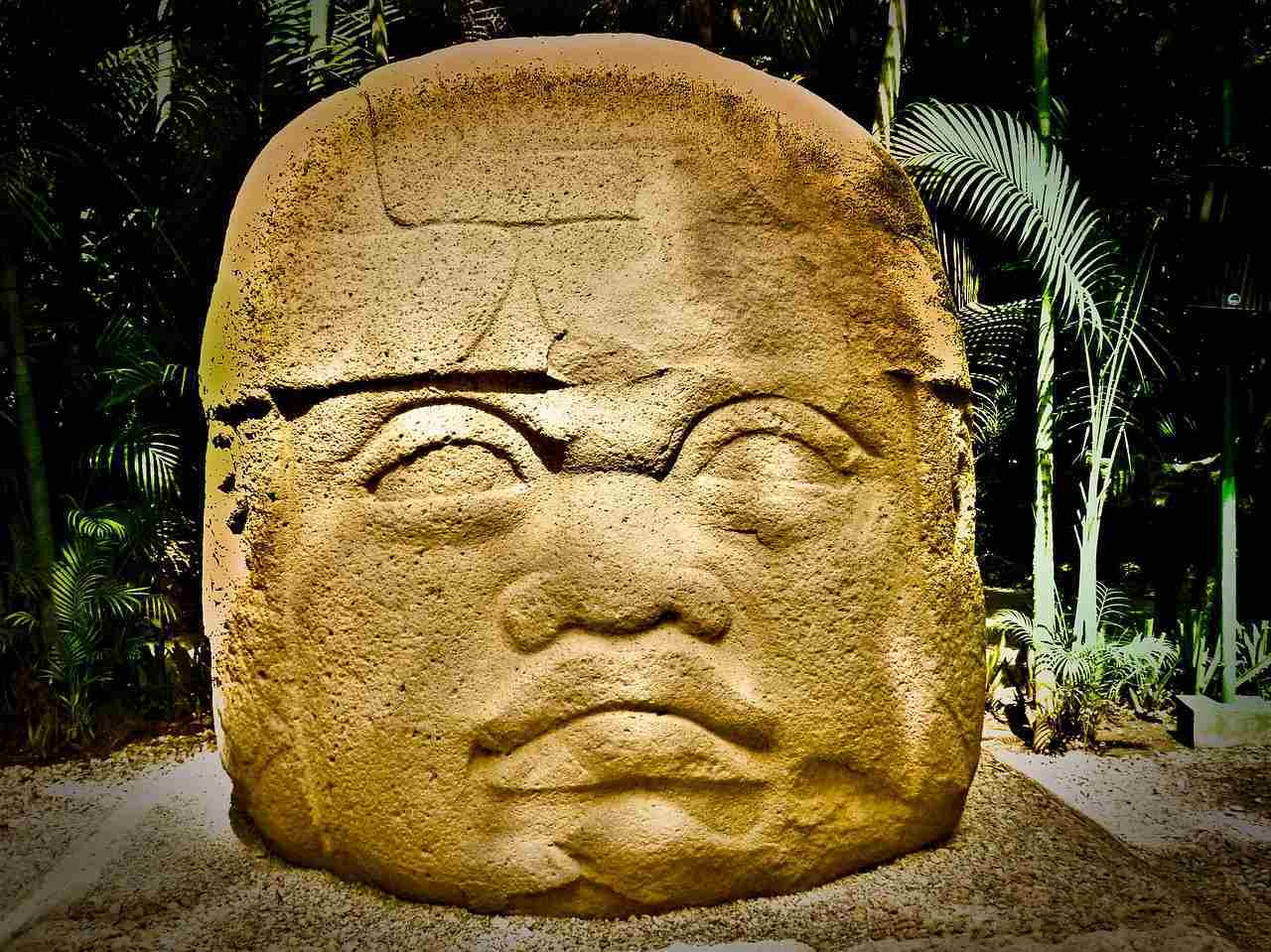
The Olmecs developed their civilization along the Gulf of Mexico around 1100 BCE. Although most evidence of their structures has disappeared, many of these carved heads remain to commemorate their existence. All archaeological evidence of the society disappeared after 300 BCE. Their graves have since disappeared, so it’s impossible to determine why or if they were killed by disease or force. Civil war, famine, and natural disasters are the leading theories, although without bones, there is very little that can be determined for sure.
15 | Nabta Playa
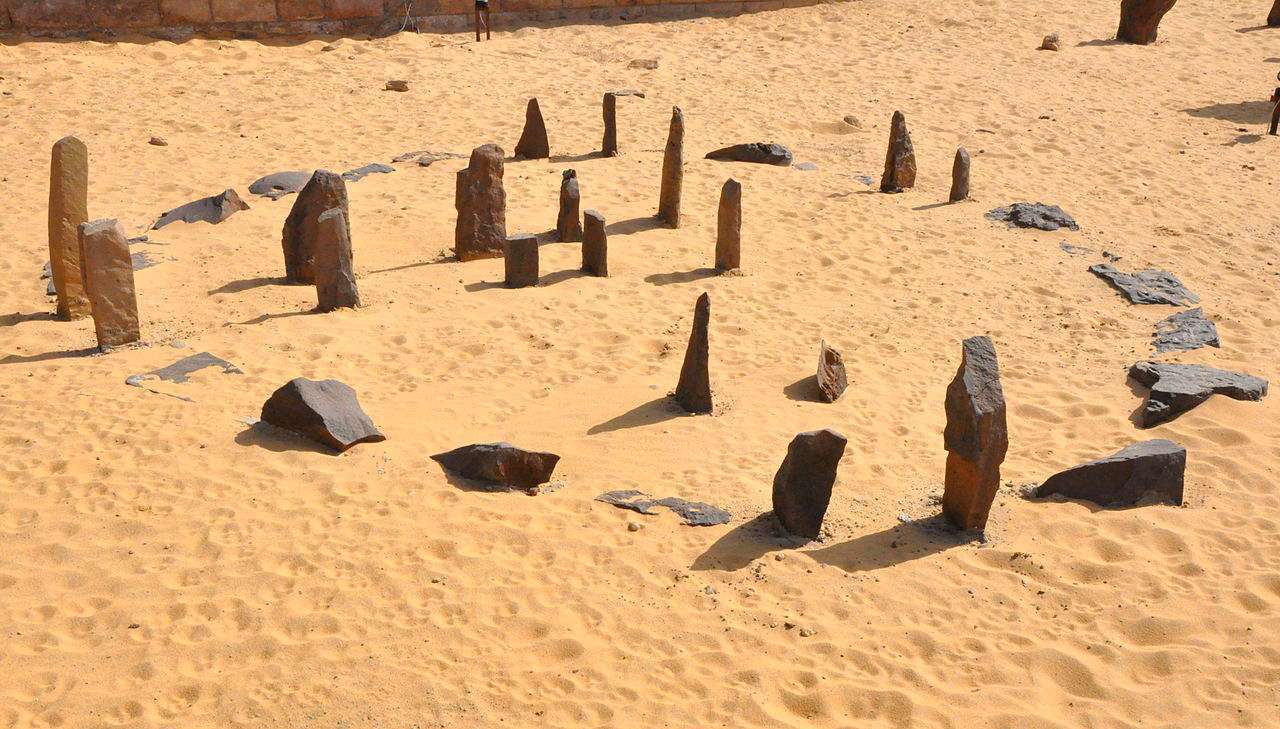
Though little is known about the people who once inhabited this large basin roughly 500 miles south of modern-day Cairo, we have discovered from archaeological sites in the area that the people here farmed, domesticated animals, and fashioned ceramic vessels more than 9,000 years ago, around 7,000 BCE. Among the most striking ruins that remain in Nabta Playa are stone circles resembling Stonehenge. These circles suggest that the people who once lived here also practiced astronomy.
16 | Anasazi – Foothills Mountain Complex
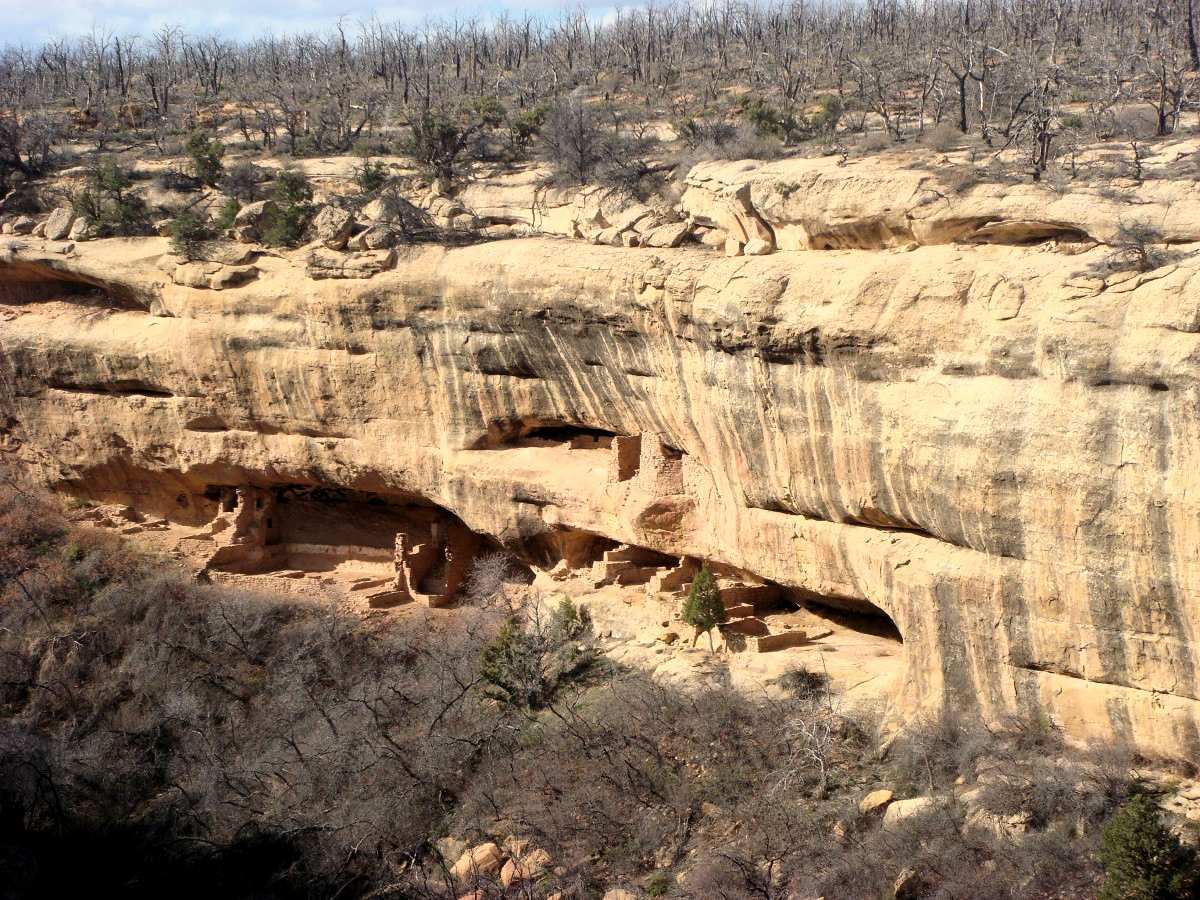
The civilization that we call “Anasazi” left behind incredible pueblo cities cut into the cities of cliffs throughout Southwest America, which is now known as the Foothills Mountain Complex. What they did not leave behind was a reason for their decline, or even their actual name. The name “Anasazi” comes from Navajo and means ancient enemies. Many contemporary descendants of this ancient civilization prefer the term Ancestral Puebloans.
Whatever they were called, the Ancestral Puebloans once built great cities across the areas of Utah, Arizona, New Mexico. Some of these airy settlements were built around 1500 BCE, it was the time when their civilization first arose. Their descendants are today’s Pueblo Indians, such as the Hopi and the Zuni, who live in 20 communities along the Rio Grande, in New Mexico, and in northern Arizona.
Toward the end of the 13th century, some cataclysmic event forced the Anasazi to flee those cliff houses and their homeland and to move south and east toward the Rio Grande and the Little Colorado River. Just what happened has been the greatest puzzle facing archaeologists who study the ancient culture. Today’s Pueblo Indians have oral histories about their peoples’ migration, but the details of these stories remain closely guarded secrets.
Bonus:
Who Were The Sea Peoples?
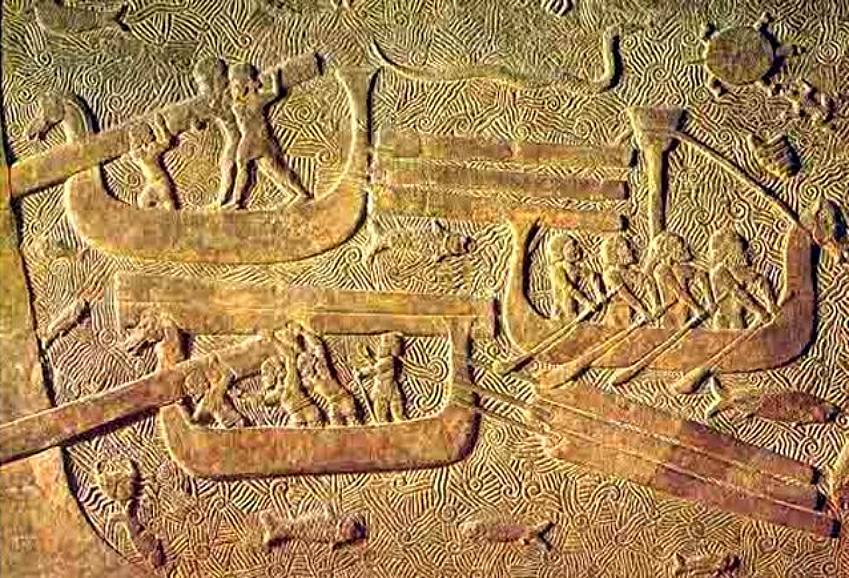
Ancient Egypt was repeatedly attacked by a mysterious army of massive warships. The raiders suddenly showed up around 1250 BCE and continued attacking until they were defeated by Ramesses III, who fought a series of cataclysmic battles against the army around 1170 BCE. No record of them exists past 1178 BCE, and scholars continue to debate theories about where they went, where they came from, why they came, and who they were ― so everyone just calls them the Sea Peoples.
Who Made The Bada Valley Megaliths?
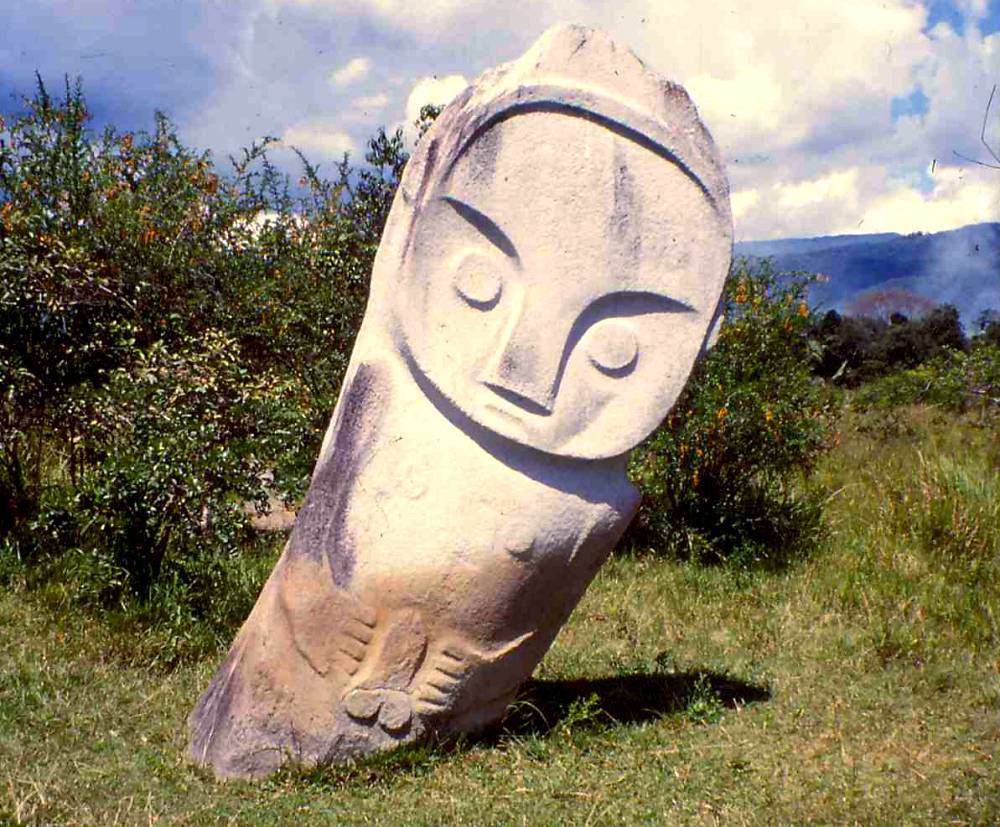
Hidden away in the Bada Valley, south of the Lore Lindu National Park in Central Sulawesi, Indonesia, are hundreds of ancient megaliths and prehistoric statues thought to be at least 5000 years old. This is not known for certain when these megaliths were actually made, nor who made them. The purpose of the megaliths is also unknown. They were discovered by the western archaeologists in 1908.
Surprisingly, the Bada Valley megaliths are not only resembling Easter Island’s Moai, but are also completely isolated from the rest of the world. Even, Indonesians from outside of the area barely know about the statues. Whether archeologists or locals, no one has yet been able to date those statues. Local populations transmitting indigenous wisdom and history from generation to generation state that the statues have always been there. This is invalidating archeologists’ version dating the site around 1300 AD.



